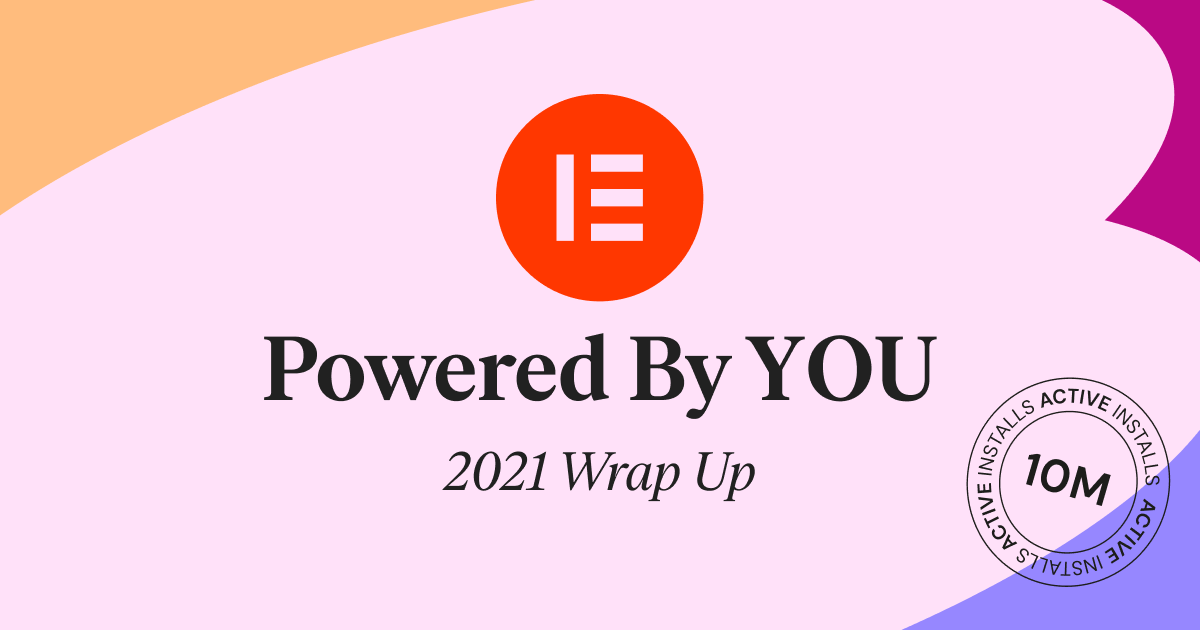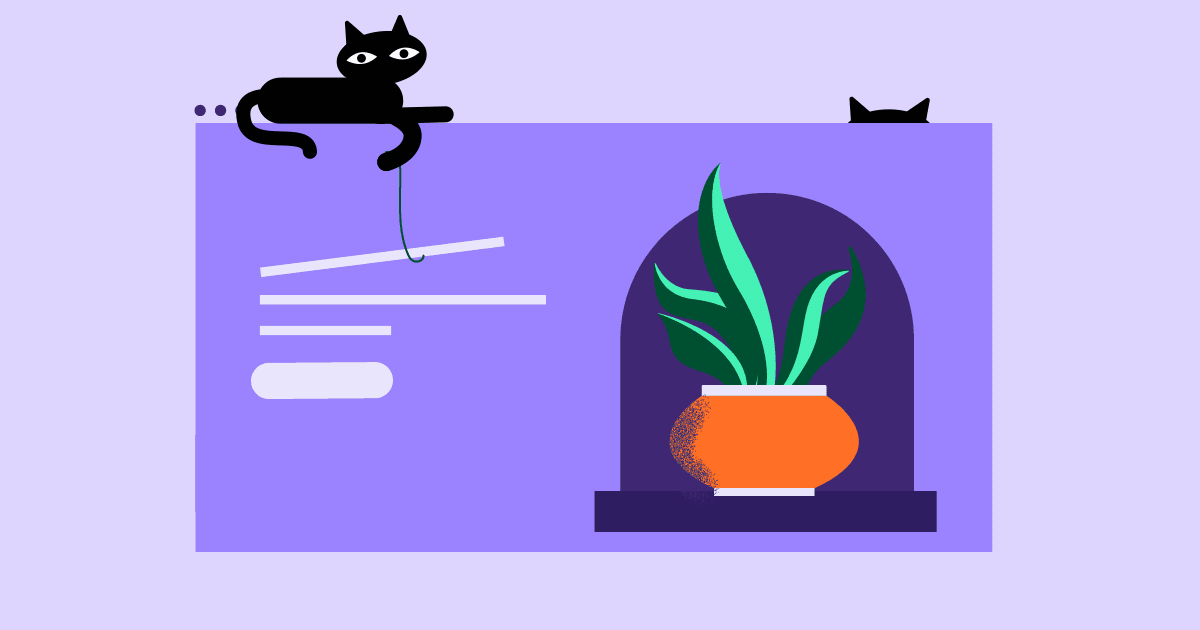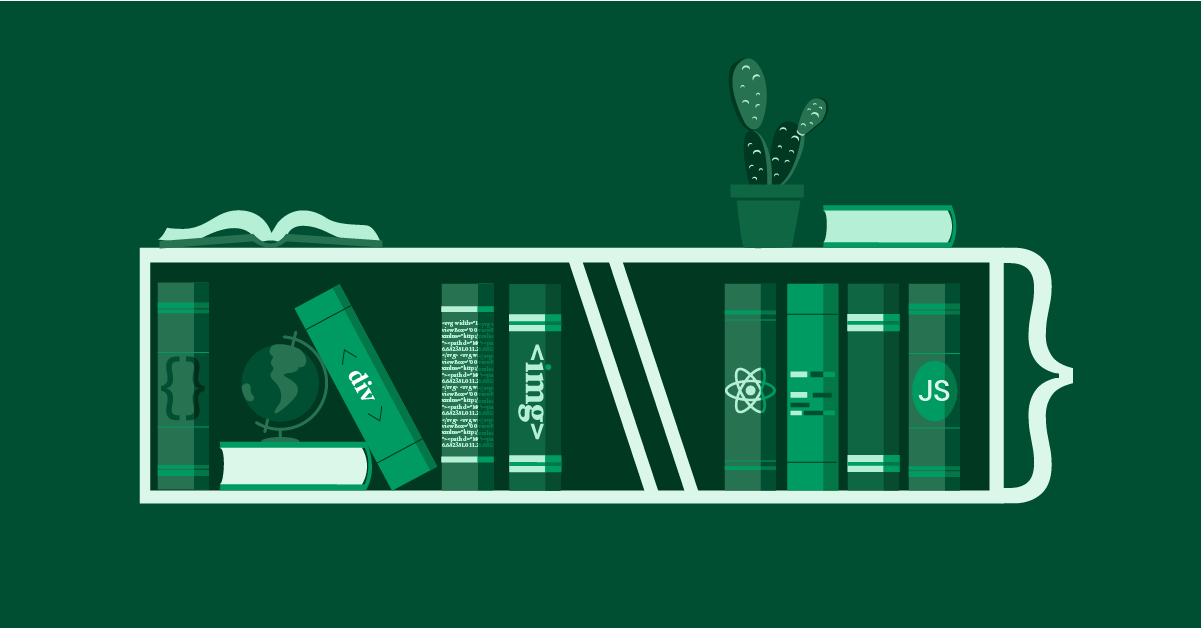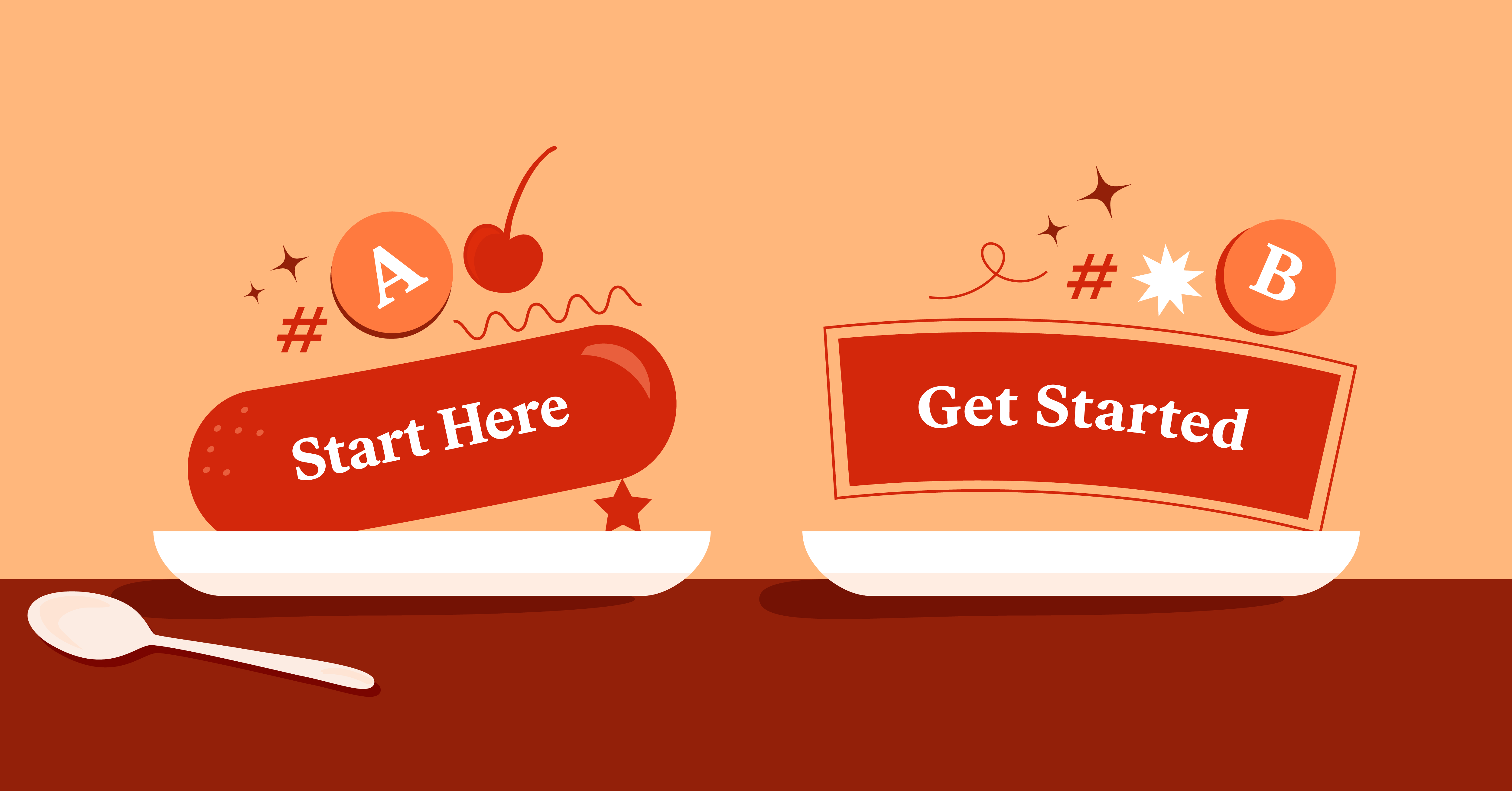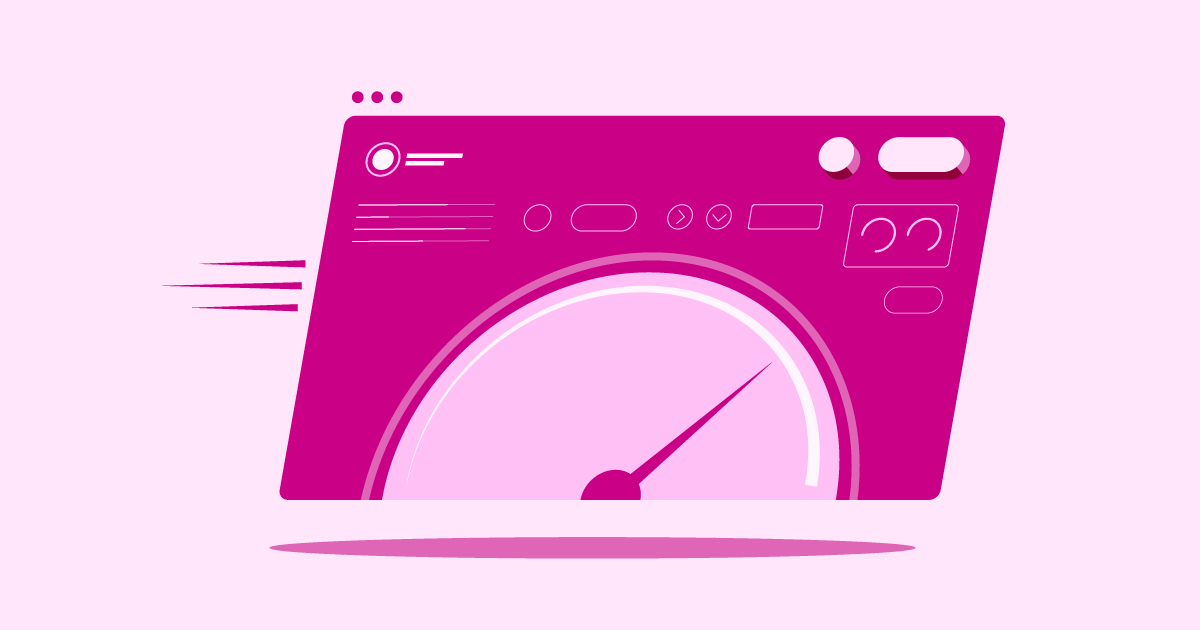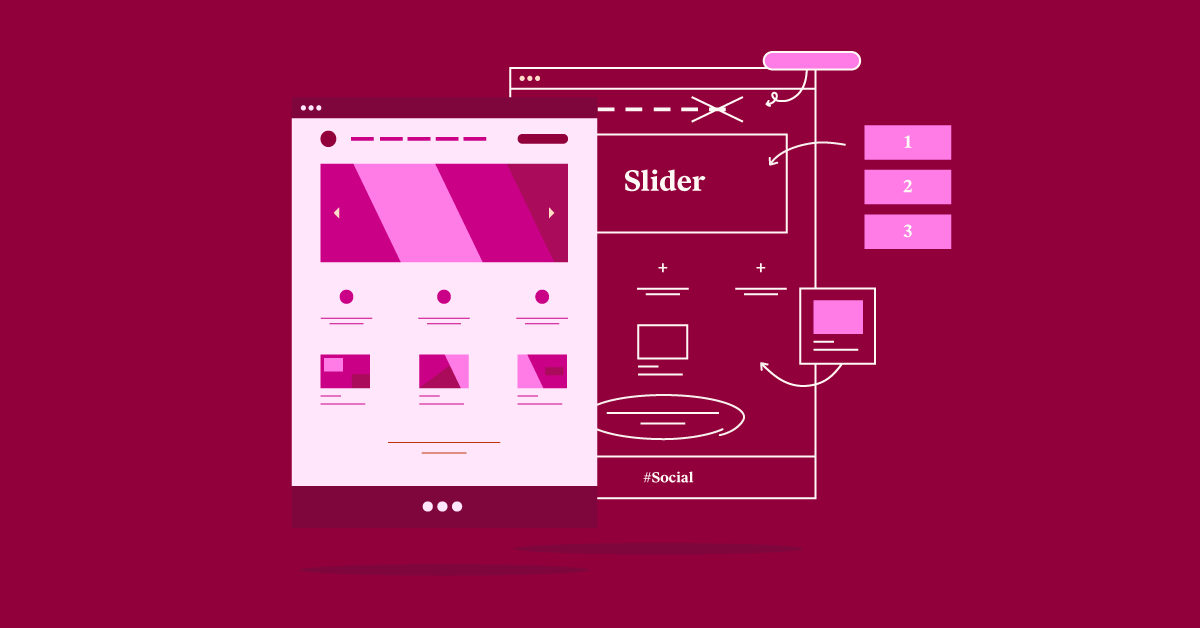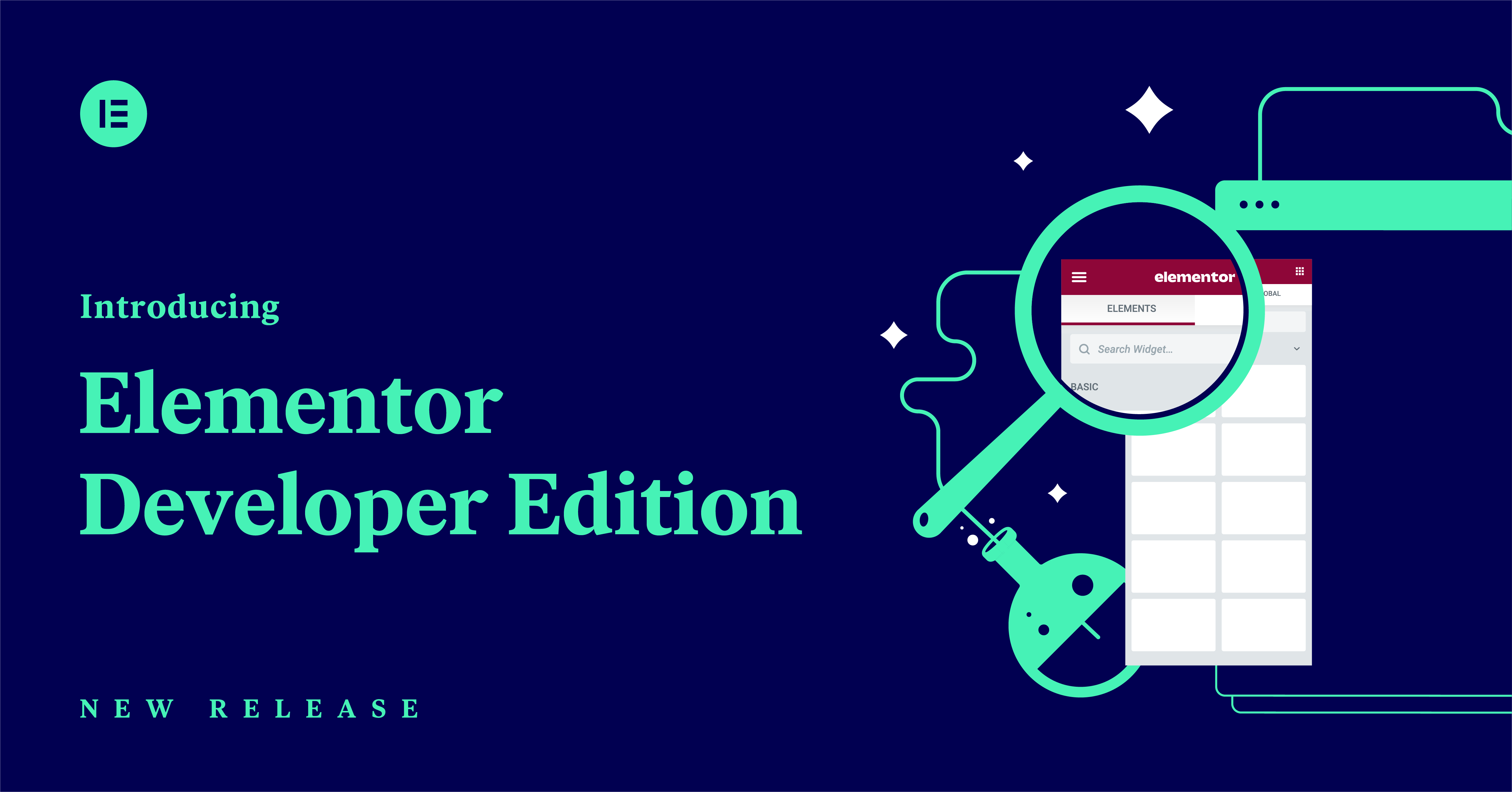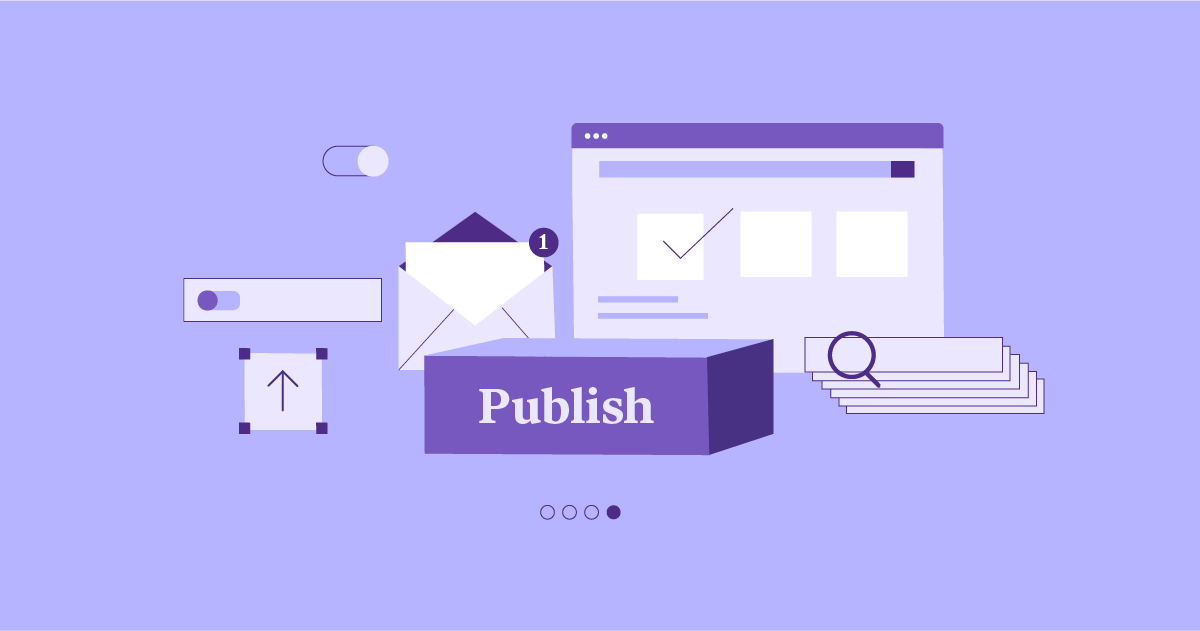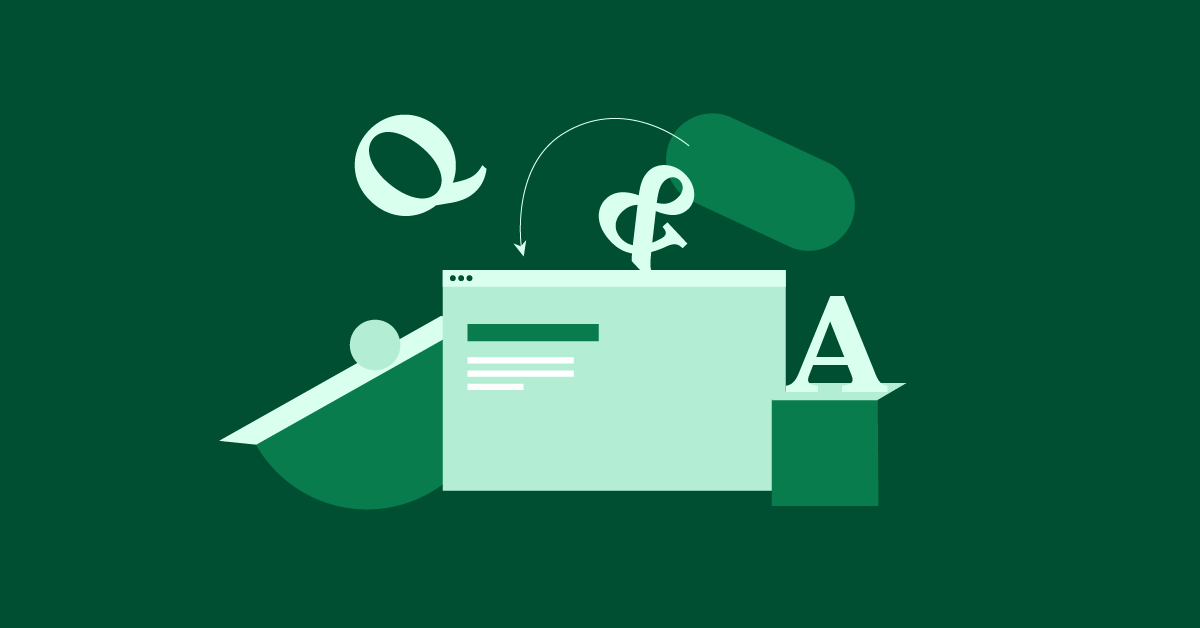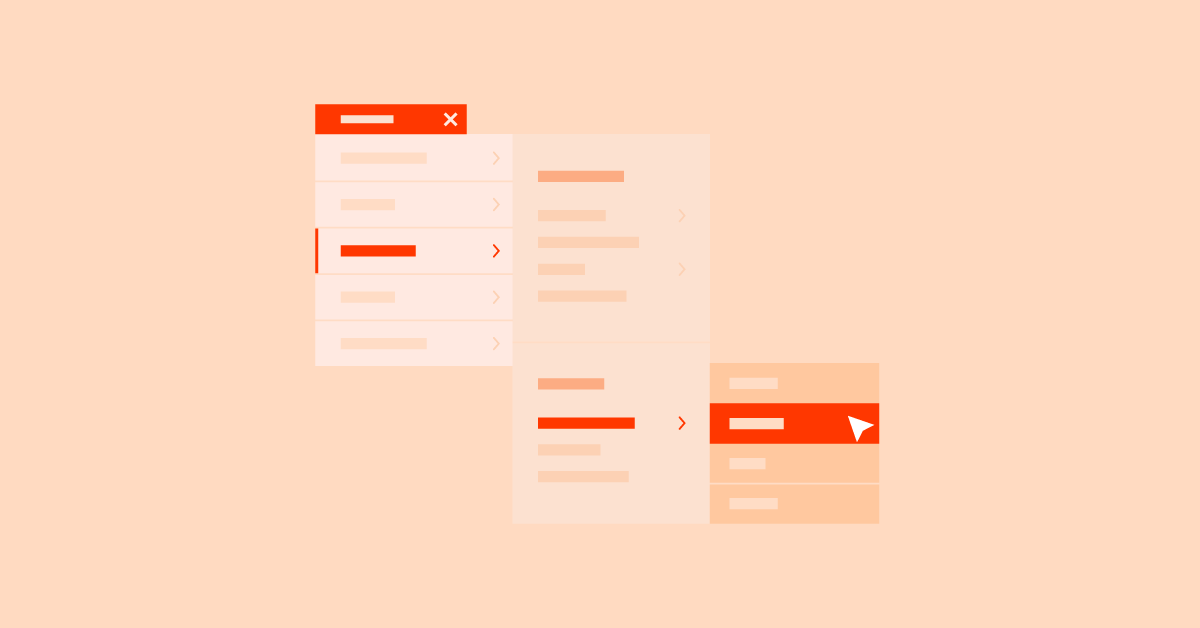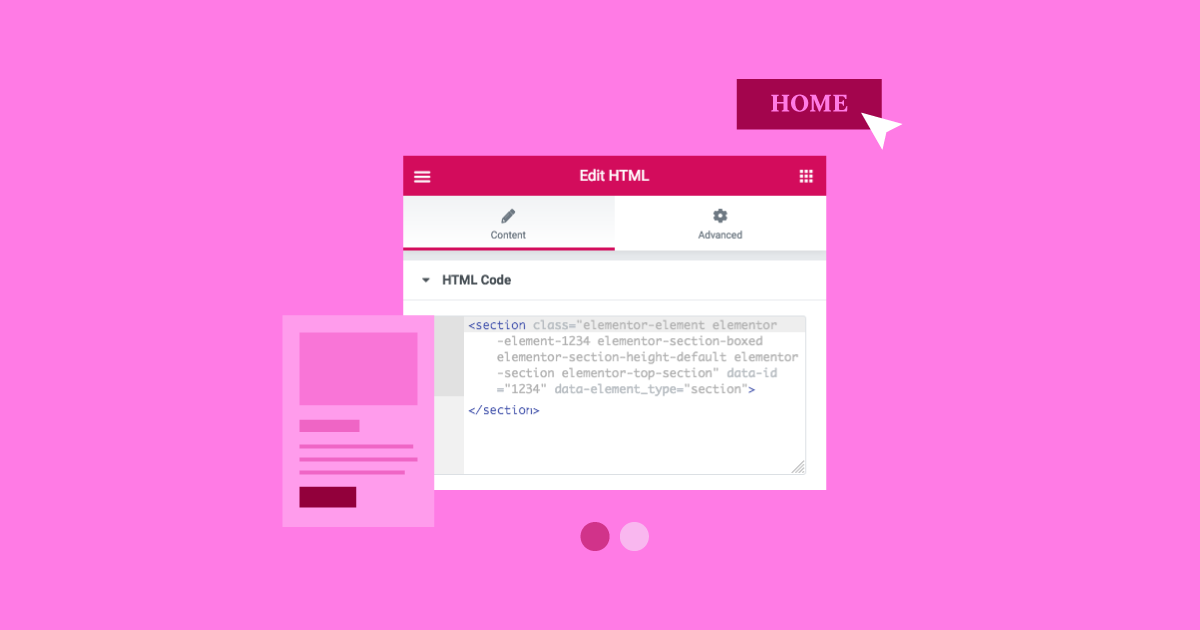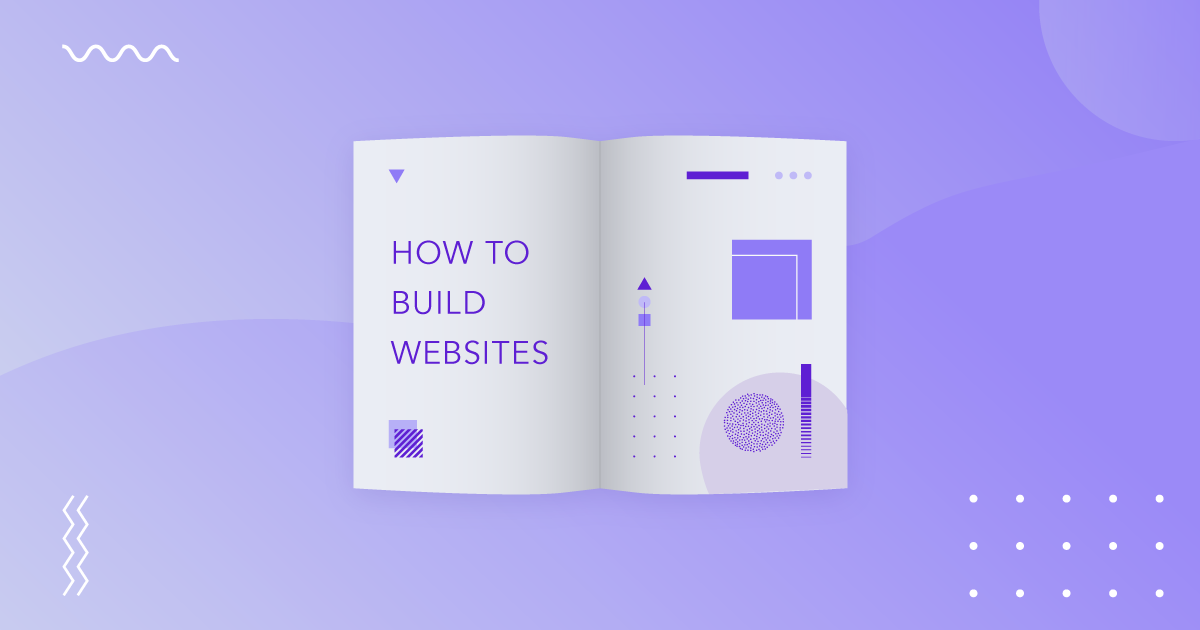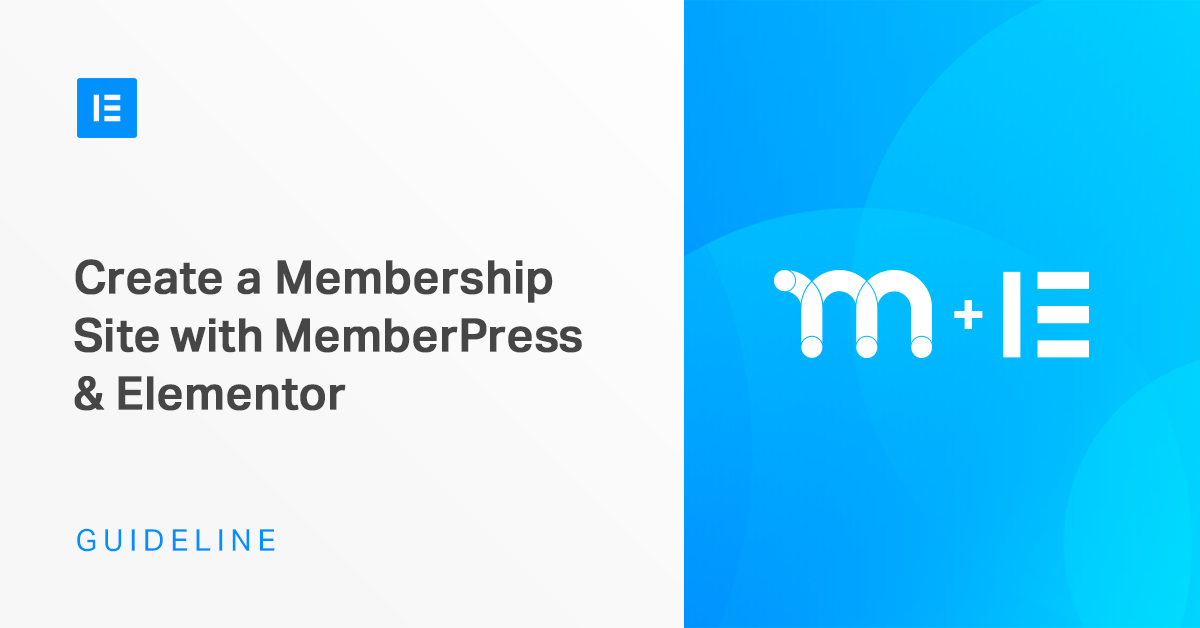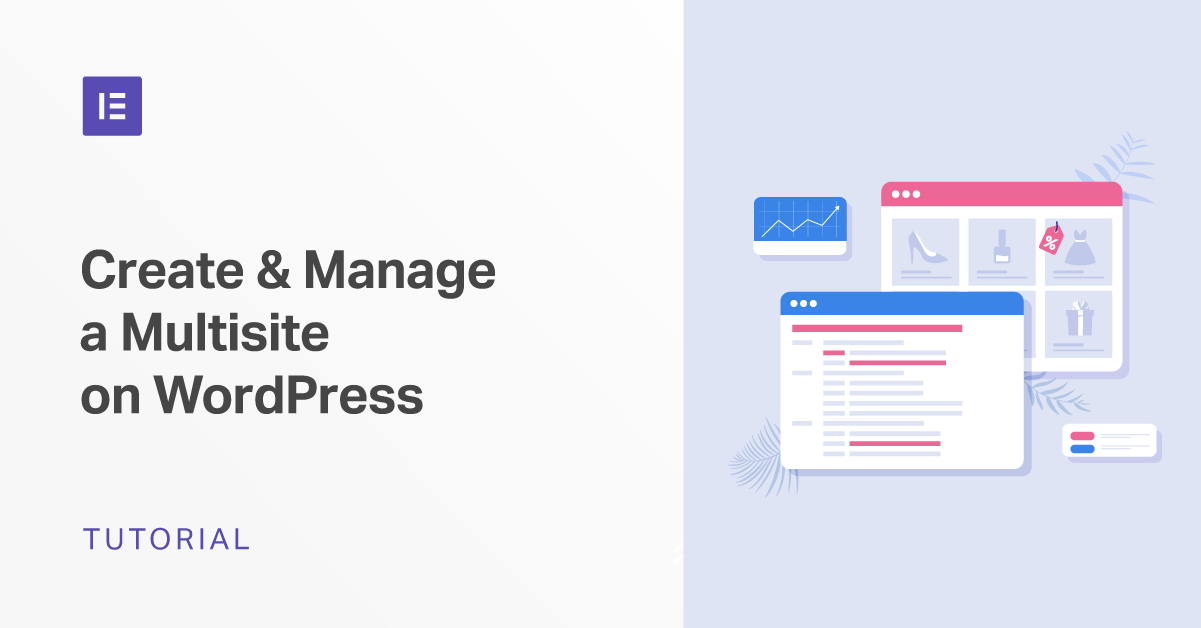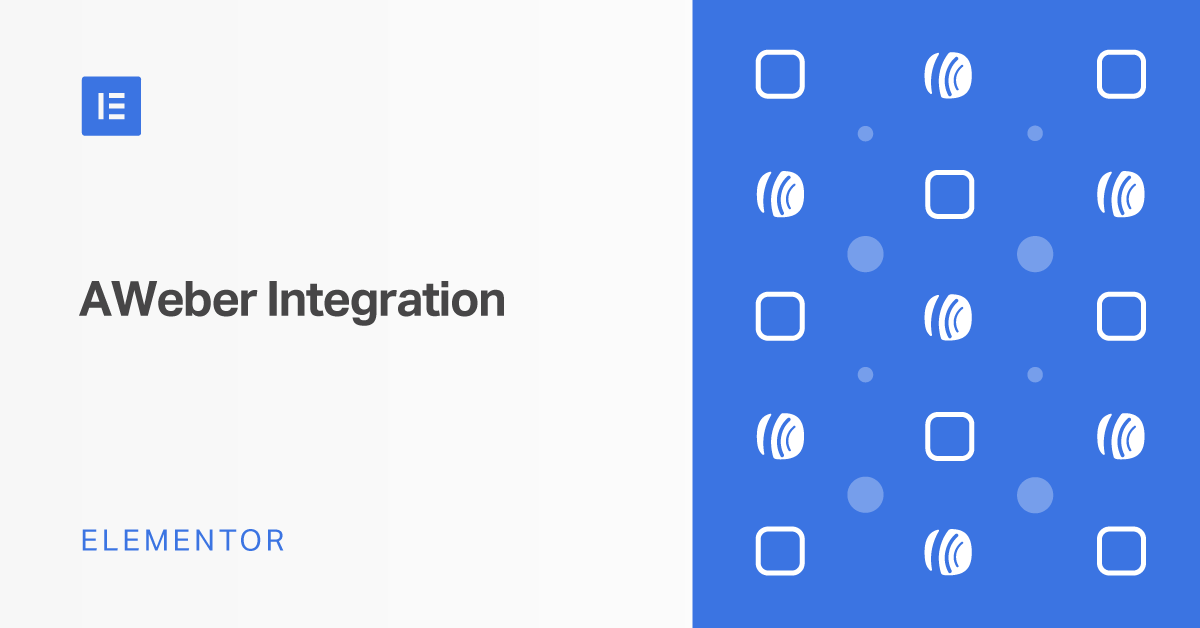Development
Ariel Klikstein, Elementor's Co-founder and CTO, breaks down the measures we took over the past year to ensure stable releases and discusses what...
- Ariel Klikstein
- Created:
-
This week, our community has an exclusive opportunity to ask twenty-one of our leading performance experts their biggest web performance questions. This article...
- Gabrielle Robins
- Created:
-
Some people process information better when it’s presented in the form of video or audio. To many, however, physical books are still the...
- Sergei Davidov
- Created:
-
In this recent video webinar, Elementor's Add-on Relations Team and our third-party add-on developers discuss the fundamentals of Elementor add-on security. Check it...
- Zvi Shapira
- Created:
-
The best decision is an informed decision, and A/B testing enables you to make data-backed decisions to improve your website. In this guide,...
- Sergei Davidov
- Created:
-
Good website maintenance is necessary for a healthy, long-lasting website. It allows you to spot issues early on, fix them, and make sure...
- Sergei Davidov
- Created:
-
DE{CODE} 2021 is happening on March 4, 2021 — and we’re getting pumped. This is WP Engine’s annual virtual developer-focused event, where you...
- Orlee Gillis
- Created:
-
The success of your website depends on many factors, and one of them is its loading speed. There are several methods to measuring...
- Sergei Davidov
- Created:
-
There’s much thought that goes into choosing the right name for your website and the domain extension is no exception. There are lots...
- Sergei Davidov
- Created:
-
Redirecting visitors from one page on your website to another is an important part of website maintenance and there could be a number...
- Sergei Davidov
- Created:
-
You can now use Elementor on staging environments without it affecting your license. Read more about how it works....
- Matan Naveh
- Created:
-
You've created a beautiful website, and everybody is happy. Great! Now what? Discover how to hand off your website to the clients who've...
- Donna Cavalier
- Created:
-
The Elementor Developer Edition gives advanced users and developers the ability to test new features and share feedback with the Elementor development team....
- Ben Pines
- Created:
-
Launching a website is an exciting time, but it can also be very stressful — you may forget something, or do something incorrectly....
- Roy Eyal
- Created:
-
Discover how you can use Elementor to build complex websites and incorporate it as an application development platform to solve unique problems....
- Mati Horovitz
- Created:
-
Do your site visitors need to hover over an awkward drop-down, in the hopes of picking the right option? Then you need a...
- Ben Pines
- Created:
-
Learn about the considerable Elementor 3.0 speed and performance improvements that include CSS rendering and DOM element removal....
- Udi Dollberg
- Created:
-
Tired of the standard horizontal menu? In this post, our Elementor expert shows you step-by-step how to create a vertical sidebar navigation menu...
- Roy Eyal
- Created:
-
From guides about UX design to books about coding — explore these 15 books and learn more about the many different aspects of...
- Ben Pines
- Created:
-
Building a WordPress membership website is an excellent way of monetizing your website. In this in-depth article, we'll cover all of the essential...
- Nick Schäferhoff
- Created:
-
In this post, we'll explain how WordPress Multisite works and when you should use it. In addition, we'll show you step-by-step how to...
- Colin Newcomer
- Created:
-
Security plugins are a crucial part of your website or your clients' website protection. To help you choose the best WordPress security plugin...
- Colin Newcomer
- Created:
-
Connecting Elementor with AWeber provides the ability to integrate your email marketing with your website, as well as design or create custom email...
- Kristin MacLaughlin
- Created:
-
